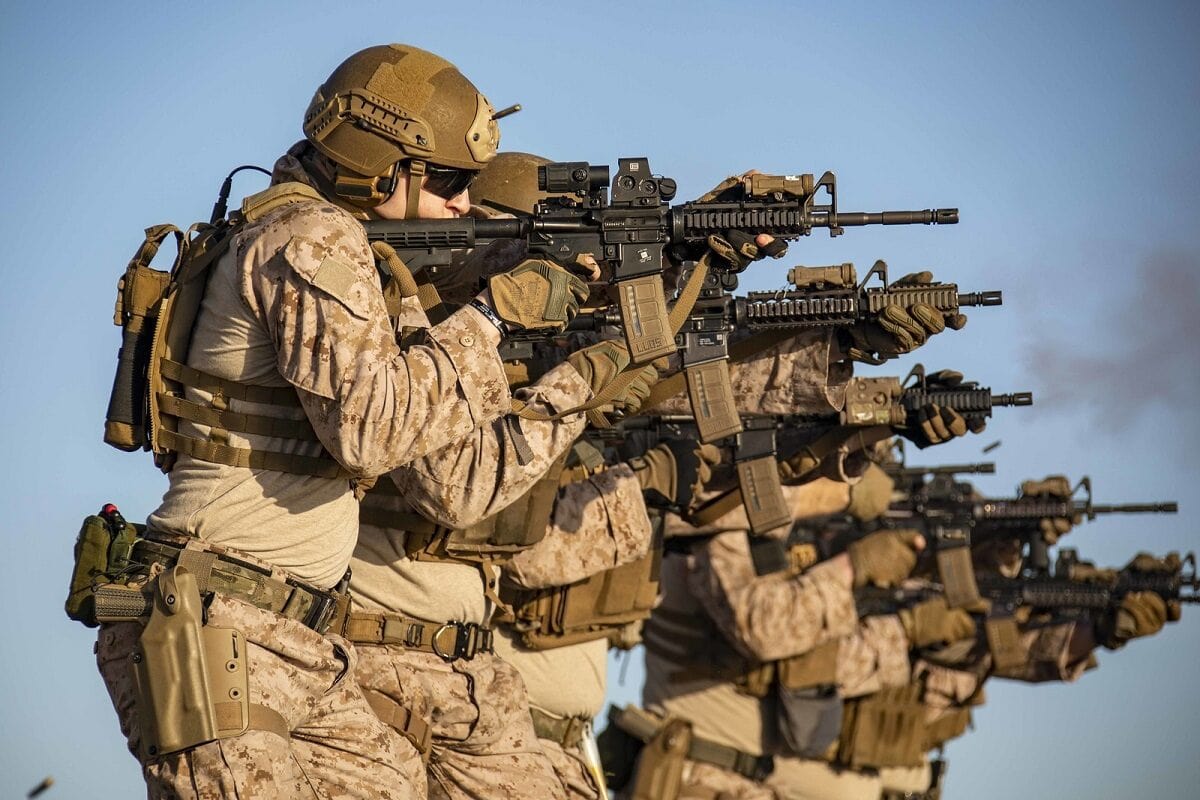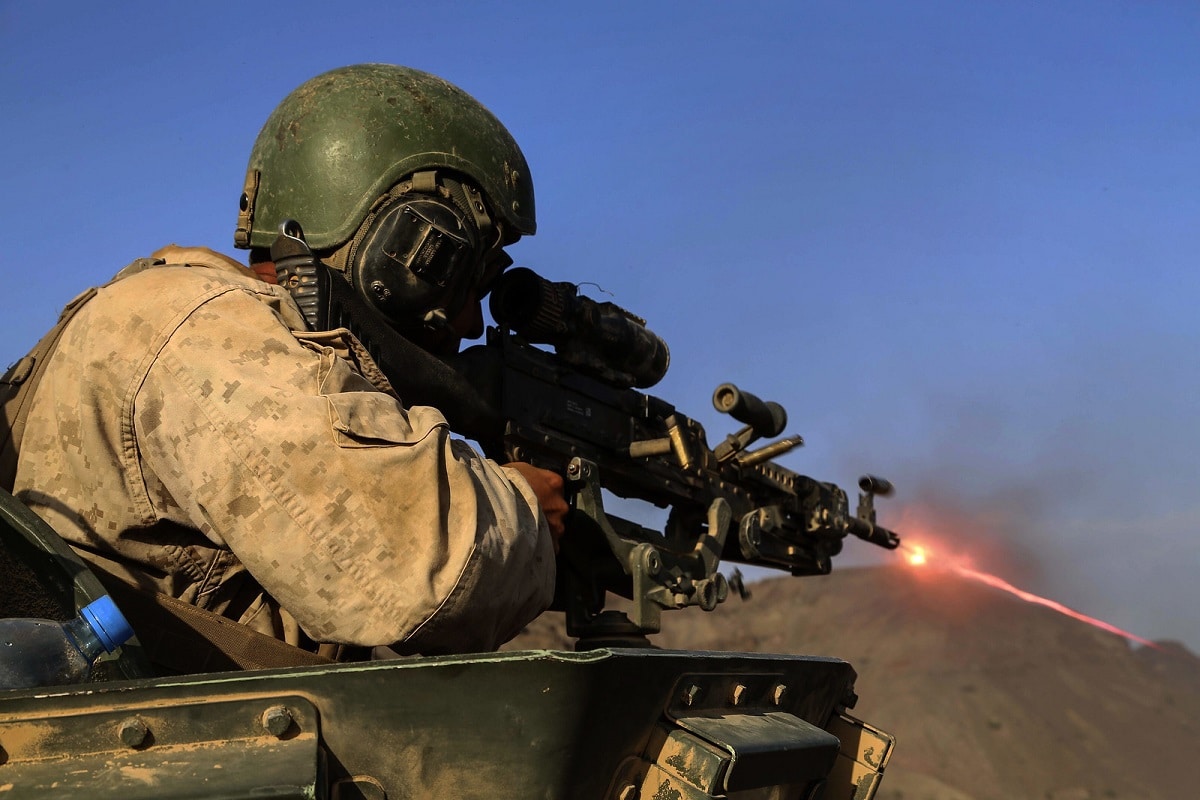When the U.S. military mobilized last August to rescue and evacuate Americans and Afghan partners, so too did a grassroots network from around the world. Members and congressional staff, Gold Star families, journalists, current and former USG officials, and veterans joined forces. Politics did not matter. The goal was to save lives. As many as possible.
Images of desperate people falling from C-17s and women handing their babies to U.S. Marines over barbed wire filled, and then faded from the front pages. For most Americans, after a week or two, life returned to “normal.” Stories of the deadly and chaotic evacuation were replaced by rising gas prices, food shortages, new COVID-19 variants, and the impending war in Ukraine, despite – or perhaps because of – the deep national shame of August. Americans were, and remain, weary, tired, and concerned about the future. Afghanistan and the barbaric cruelty of the Taliban are, once again, a world away.
But not everyone has moved on. Over the past year, America’s veterans have kept the nation’s commitment to “leave no man behind,” helping Americans still trapped in Afghanistan, as well as the Afghan partners who built the fledgling democracy alongside the United States. Night and day, they continue to answer the calls from their former interpreters, friends, and mentees – even though evacuation flights are erratic at best and donations for hungry Afghan families have dried up. Increasingly alone on this mission, they represent the best of America – an eternal belief in America’s sacred honor, integrity, and unwavering support for allies and partners.
Those who served at Hamid Karzai International Airport or HKIA, those who supported the efforts, and those who continue to help from afar, are plagued by the unrelenting “Sophie’s choice” of the evacuation that was forced on everyone involved – who to save, who to answer, who was left behind. Today’s remaining options are part of that cycle; which “worst-case scenario” will lead to the least harm. Emotional messages such as “please help us. After this nowhere is safe… my children need food” are common and come daily.
After a year of chasing leads, and raising money, in addition to filling the gaps left by international aid organizations to feed families in need, finding medical care for those in hiding, and submitting list after excel list to the State Department, the long-term ramifications are palpable. Many have lost or quit their jobs to work evacuation efforts full time. Others have emptied their military retirement accounts or taken on credit card debt to help Afghan families stay alive. Marriages and relationships have dissolved. Some have simply retreated into themselves, disengaging entirely from life and those around them. Their hearts and minds are in Kabul, while their bodies are in Atlanta, Minot, Phoenix, Houston, and Los Angeles. The various groups look out for one another, but it’s not enough.
The aftermath, and the moral implications of the deadly withdrawal “remain a jumbled mess” in our heads, wrote one servicemember of his experience at HKIA. Many speak of their PTSD and nightmares returning. Another active duty servicemember who has continued to work evacuation efforts said, “I hate myself most nights. I can’t save enough people to make [myself] feel good about what I’m doing.”
The impact continues to surge through the community. According to statistics provided to Congress, calls to the Department of Veteran’s Affairs Veterans Crisis Line have spiked 81 percent since last August. Yet, on the VA’s homepage, the only mention of Afghanistan is a link to a “VAntage Point” blog post from August 2021, which has myriad references to Vietnam veteran experiences. It is also perhaps not a coincidence that over the past year, as servicemembers and veterans question the last two decades, there has been a steep decline in the military’s ability to recruit.
These statistics underscore the lack of accountability and abject failure of the system for veterans of Afghanistan. To date, there have been no hearings on the withdrawal’s impact on veterans and active duty service members; little to no outreach from the VA; and few, if any, public acknowledgements of those carrying the burden of the withdrawal and its consequences, which is the responsibility of the U.S. government, not of veterans.

U.S. Marines assigned to the 22nd Marine Expeditionary Unit fire M4A1 carbines during an exercise on the flight deck aboard the Wasp-class amphibious assault ship USS Kearsarge (LHD 3) in the U.S. 5th Fleet Area of Operations, Feb. 8, 2019. Kearsarge is the flagship for the Kearsarge Amphibious Ready Group and, with the embarked 22nd MEU, is deployed to the U.S. 5th Fleet area of operations in support of naval operations to ensure maritime stability and security in the Central Region, connecting the Mediterranean and the Pacific through the western Indian Ocean and three strategic choke points. (U.S. Navy photo by Mass Communication Specialist 2nd Class Casey Moore)
A year later, these men and women continue to send emails and text messages out into the world, in the fading hope someone might respond and be willing to help to save the lives of those who stood alongside the U.S. for the past two decades and who are now trapped in a literal hell on earth. With more than 70,000 SIV applications pending, and tens of thousands of Priority 1 (P-1), Priority 2 (P-2), and Humanitarian Parole (HP) applications in process, the evacuation from Afghanistan could last well into the next decade. America’s veterans cannot and should not do it alone.
It is past time for those responsible to step forward to finish the mission and do more than provide a year-old blog post – everyone involved deserves better than the deafening silence.
Expert Biography: Amy K. Mitchell, the former senior advisor for the office of Global Women’s Issues and former senior government official at the Departments of State and Defense, served on the House Veterans’ Affairs Committee.

